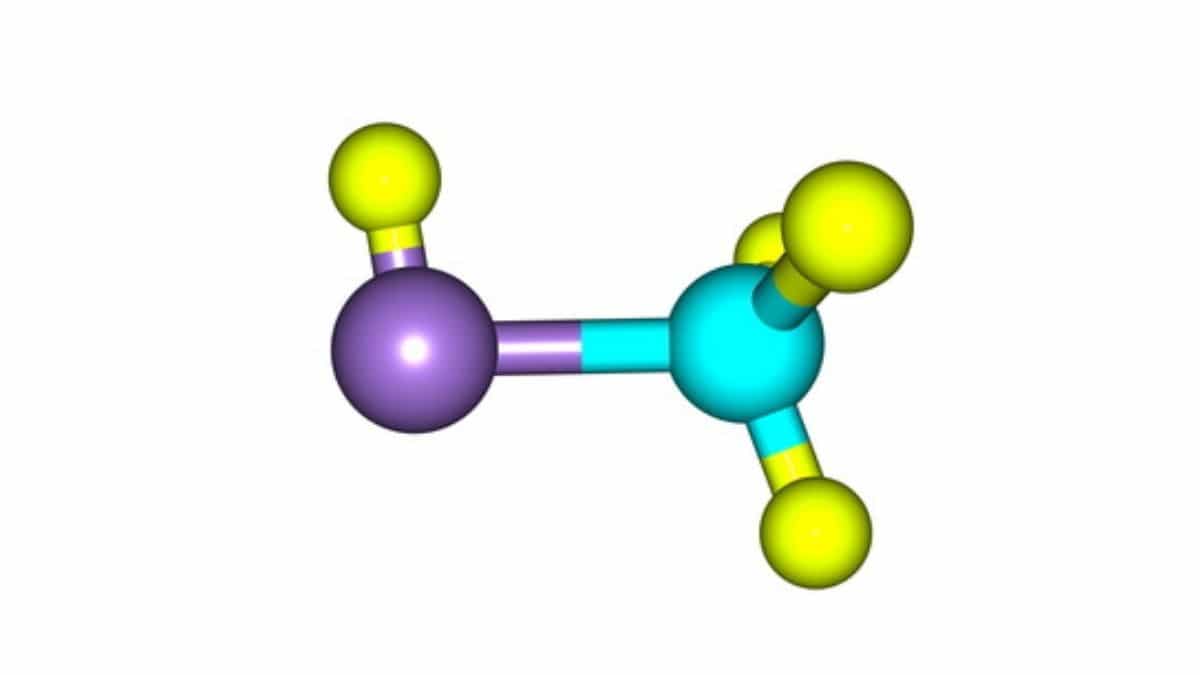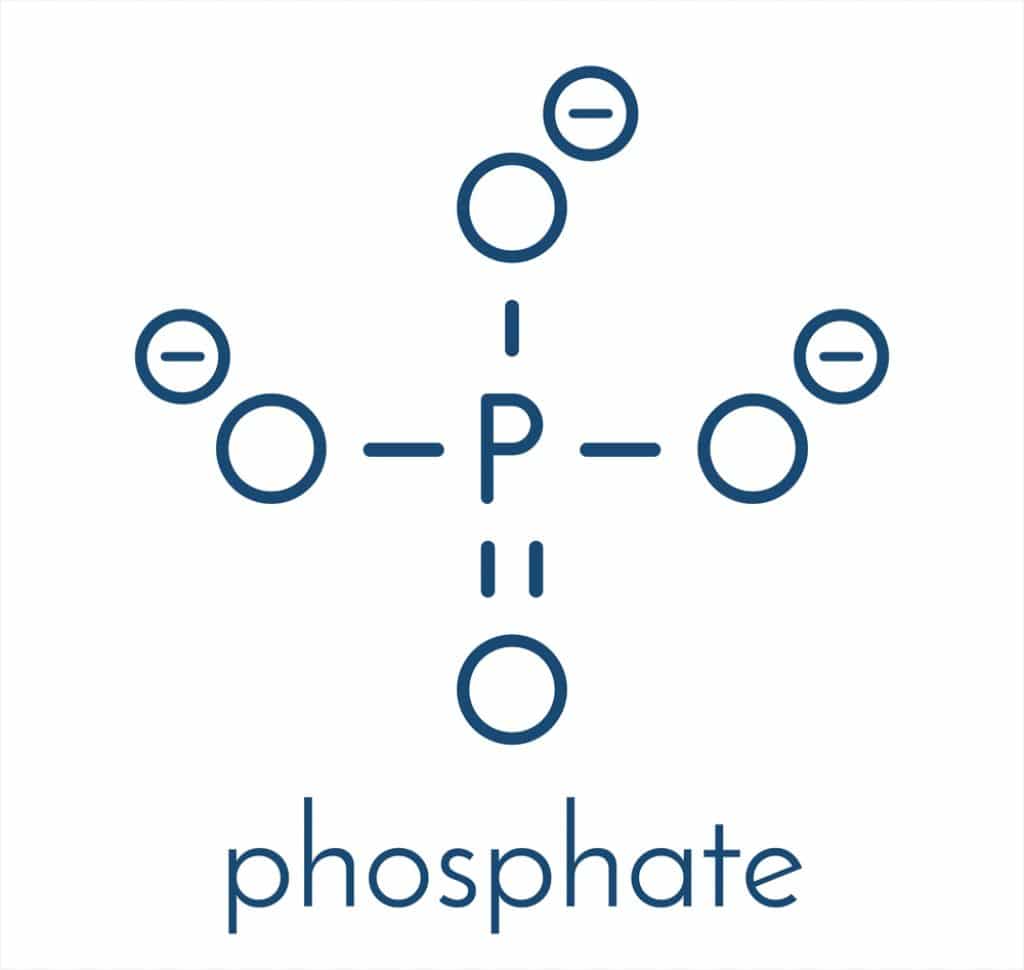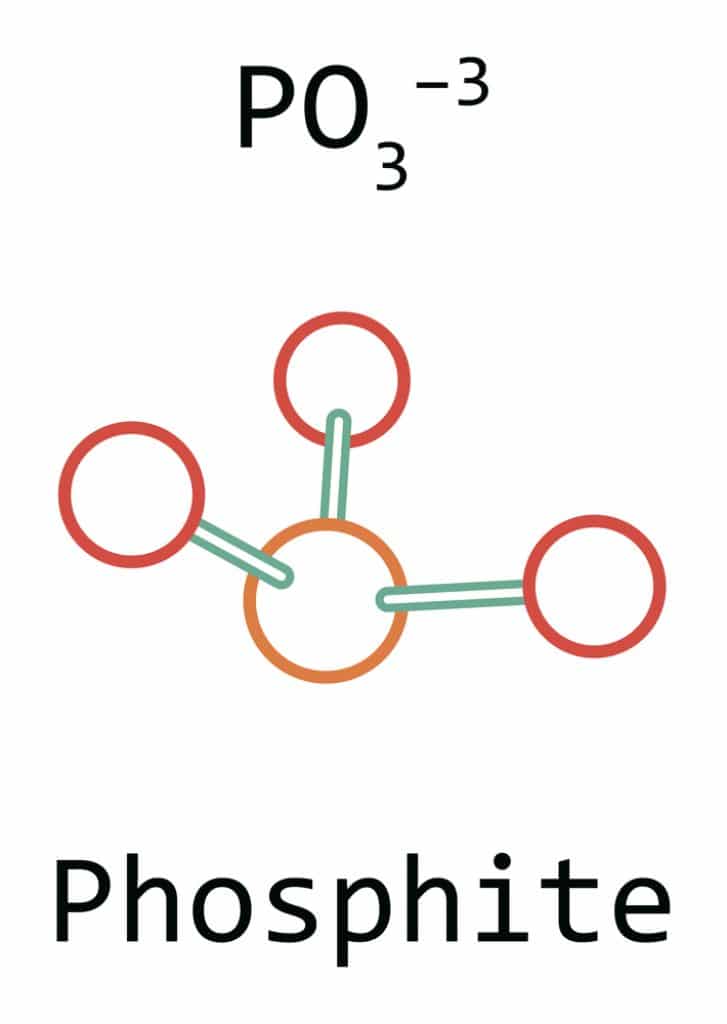Phosphate vs Phosphite: Let’s Know about Both

If you want to know about the comparison of Phosphate vs Phosphite, then you have come to the right article. In this article, we are discussing both phosphate and phosphite, how they are different from each other, and what benefits they provide to the plants.
- In addition to this, we have prepared a section of FAQS to address your most asked queries.
This article might be the most important thing you will read today if you grow vegetables, flowers, and fruits. That is why we recommend you to read every word of this article to know everything about both phosphate and Phosphite.
Phosphate vs Phosphite, Know the differences
Now, let’s formally begin our article by directly making a comparison in a table.
| Phosphate | Phosphite |
| It is a salt of phosphoric acid | It is a salt of phosphorous acid. |
| It can be termed as a carbonated drink with fruit syrup | It is an anion and an old-fashioned name term for phosphonate. |
| The formula of Phosphate is PO₄³⁻ | Phosphite formula is PO33- |
| It has one oxygen atom more than phosphite. | It has one oxygen atom less than phosphate. |
Phosphate is just the salt of phosphoric acid. Its structure is shown in the Image:

Phosphite is the salt of phosphorous acid. Its structure is shown in the Image:

Phosphate vs phosphite formula
People often get confused about what is the formula of phosphate ad phosphite. Many of them think both are the same. However, that is not true as we are now explaining that one oxygen atom is the difference. Let’s have a look at the Phosphate vs Phosphite chemical formula which is:
- Phosphite formula is PO33-
- The Formula of Phosphate is PO₄³⁻
Benefits of Phosphate You Must Know
We all know that plant needs three major nutrients to grow properly- Nitrogen, Potassium, and “Phosphorus.” In gardens, gardeners add Phosphate Rock to curb the phosphorus deficiency in the soil. The application of phosphate is now becoming an excellent sustainable way to add phosphorous to the soils.
Phosphate rock is also known as Phosphorite and is a sedimentary type of rock. It also contains traces of limestone and clay. Over the years, it has emerged as an important organic source for the soil. It was used for centuries by farmers but now it is important as it has now been processed and its two forms exist:
- Soft Phosphate Rock
- Hard Phosphate Rock
Both are excellent sources of Phosphorous and some other trace elements but soft phosphate rock is famous among gardeners. The reason is that to slowly release the nutrients and these are easily accessible to roots.
Other benefits of phosphate which it brings to the table are:
Phosphate can be converted into phosphoric acid which is used in a wide range of industries, from the food industry to cosmetics.
Moreover, phosphate is also used in the livestock industry.
Let’s compare Phosphate vs Phosphite fertilizers!
Benefits of Phosphite You Must Know
Growers use Phosphite due to the benefits it offers:
- Phosphite is neither harmful to humans nor to plants and animals.
- When you apply Phosphite, you don’t have to deal with Air pollution. It does not harm the environment or surroundings.
- When you use Phosphite, it is not needed in large quantities. So, when Phosphite enters the soil, it does not have that much capacity to reach the underground water table.
- Not only it protects plants from fungi, but it also helps in bringing back the infected ones to life.
- It is also known to increase plants’ yield and quality. Not only that, but it also stimulates Plants’ environmental stresses.
- Let’s have a look at the Potassium phosphite fungicide mode of action. It is commonly sprayed on leaves which are then absorbed by the plant. It is incorporated into the leaves as H2PO3– which is an ion. This is the best way to apply phosphite fungicide.
Phosphite is beneficial as it protects plants from Phytophthora. Generally, it is applied in the form of Potassium Phosphite. To make Potassium phosphite, neutralize phosphorous acid with Hydrogen Peroxide.
So, how does phosphite really protect? Well, phosphite increases the natural defense of plants. It deals with several species of Phytophthora including Phytophthora cinnamomi.
- For plant protection, calcium and magnesium phosphite are also used.
Phosphate vs phosphite fertilizer
When there is Phosphorous deficiency, plants experience stunted growth and produce no flowers or very few flowers. Moreover, plants have a weak root system when phosphorous is in deficiency. If you observe any of these signs, then it is time to apply phosphorous fertilizers.
Phosphorous fertilizers can be added both as phosphate and phosphite. So, for comparing the effects of phosphate vs phosphite, we have to see them as fertilizers.
Phosphite as a fertilizer
The application of phosphite is very popular in the turf industry. It is found to be super-effective against Pythium fungus (Root Rot). The phosphite products, which are made to be added as fertilizers, are made by mixing phosphorous acid and potassium hydroxide. Also, you should apply phosphite products in the form of foliar spray. Why? Because when you add it to the soil, plants can take Phosphite but they cannot use it as a nutrient. Thus, Phosphite is often converted into phosphate so that plants can uptake it.
Phosphite in Soil and Turfgrass
Phosphate components are famous for providing potassium and phosphorus to plants. If you add phosphite, it also can be converted into phosphate.
But whether phosphate and phosphite are effective is still ambiguous. A two-year study at North Carolina University stated that BentGradd did not show any boost after the application of phosphites. But when it comes to turf quality, it has shown positive symptoms.
Also, you can use Phosphorous Acid Products for Controlling Downy Mildew of Grapes. Phosphonate is used to prevent Downy Mildew in plants especially grapes. Phosphorous acids work as fungicides to tackle the mildew problem. Following are the phosphorus acid products used in the Protection from Downy Mildew:
- ProPhyt
- Rampart
- Agri-phos
- Allette
- Phostrol
The cause of Downy Mildew is a fungus-like organism known as Plasmopara viticola. It is considered to be one of the worst diseases for grapevines and normally appears when the atmosphere is humid. It was first detected in the USA in 1884. This disease affects both leaves and shoots and you won’t get the desired yield you want. Lesions on leaves emerge which appear to be yellowish or oily and located between the veins. After some time, the white cottony thing appears on the leaves as well which is also the indication of Downy Mildew.
The infected shoots will curl up, and thickens. After some time, it will turn brown and then eventually die.
The young berries are also highly susceptible to down mildew and turn greyish. Eventually, these young infected berries will die and growers will face huge yields losses.
Phosphorous Acid Products for Controlling Downy Mildew of Grapes are ProPhyt, Rampart, Phostrol, and Alliette. All of them act as a fungicide which doesn’t let the Down mildew cycle go smoothly. So, save your grapes by applying these phosphorous acid products.
Moreover, the effects of phosphite on strawberry yield and fruit quality are also immense which we are going to describe now. When you add 20 percent phosphite to the nutrient solution, it improves the fruit quality of the strawberries. In addition to this, if you add 30 percent Phosphite to the nutrient solution, it activates the natural defense mechanism of plants which helps the plants to protect themselves from any foreign invasion.
Phosphate as a fertilizer
The common way phosphate is added as a fertilizer is Soft phosphate rock. If you are growing perennial plants or flowering plants, they will love the application of soft phosphate rock early in the season. This application of phosphate will result in bloom-boom.
If you are growing roses, then we have a piece of huge news for you. Roses love rock phosphate fertilizers. Phosphate helps roses to make the root system strong which leads to more bud formation.
Phosphate is also necessary for a better lawn, and a better tree root system as well.
If you have a vegetable garden, then phosphate might be one of the best things you can apply. The problem of insect pests worries gardeners the most. The application of phosphates wards off insect pests which lead to better yield and quality of plants.
Powdered Phosphate rocks can be applied to the following plants:
- Coffee
- Tea
- Rubber
- Apple
- Citrus
So, if you are growing any of the above plants or trees, you must use phosphate.
Phosphate can also be added in the forms of:
- Ammonium Phosphate Sulphate
- Ammonium Phosphate Nitrate
- Urea Ammonium Phosphate
- Ammonium Phosphate Chloride
You must be wondering When to apply Phosphate to the soil? You must add phosphate early in the spring, or just before the flowering of plants. If the pH of the soil is acidic, then phosphate rock works the best in it. In these conditions, the released phosphorus is soluble and plants can easily uptake it.
- Add 10 pounds of rock phosphate for every 100 square feet garden area.
After all these benefits, now let’s look at Rock Phosphate’s disadvantages. It slowly releases nutrients that are sometimes not desirable. Moreover, chemical fertilizers quickly release nutrients, and plants can readily uptake them. Moreover, Phosphorous released from Rock Phosphate may not get dissolve and plants won’t be able to uptake it.
Gardeners often don’t know how much rock phosphate should be applied. So, they end up over-fertilizing the soil. This leads to leaf chlorosis and also destroys the beneficial microorganisms of the soil.
Moreover, rock phosphate when applied in large quantity can lead to water pollution as well. This can also lead to algae bloom which can further worsen water problems.
Final Words
All-inclusive, while comparing phosphate vs phosphite, it is important to know about their structure. Phosphate has an extra Oxygen atom than phosphite, which makes a huge difference. Both are different in effects as well. They are helpful to plants as they can provide extra protection. Phosphite’s role as a fertilizer is still ambiguous. A study showed that Phosphite does not affect the grass. However, another study showed that it has helped turf to become desirable. Phosphates, on the other hand, are super beneficial to tackle phosphorous deficiency. Both can be applied to plants, and both are “Blessings” as they offer numerous advantages.
Scientists need to clear things up more and more research should be done especially on Phosphites.
What do you think we should write about next? Hit us with suggestions in the comments section down below.
FAQs
What is the difference between phosphate and phosphoric acid?
Phosphoric acid and Phosphate are the same, having the formula PO₄³⁻ .
What is phosphite used for?
It is added to increase the natural defense of Plants. It is added as a foliar spray directly onto the leaves. This also stimulates Plants’ environmental stresses which aid in protection. Moreover, it does not cause air pollution so it is ideal to use. However, too much of it will cause troubles for plants. So, use it in the recommended amount and don’t harm your surroundings.
Are phosphate and phosphorus similar?
No, phosphate and phosphorus are not similar. Phosphorus is a reactive element of the VA group and its symbol is P. Phosphate is a chemical derivative of Phosphoric acid and its formula is PO₄³⁻
What is the formula of phosphite?
Phosphite formula is PO33-
Related Topics:









